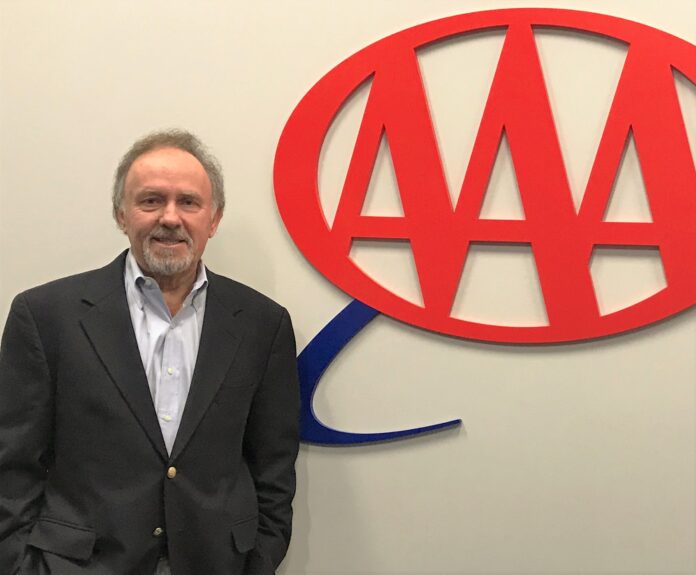
Lloyd Albert is senior vice president of public and government affairs for AAA Northeast. He spoke with PBN about AAA Foundation for Traffic Safety study findings that show advanced driver assistance systems potentially causing complacency with overreliance, hindering safety.
PBN: Your study showed a distinct difference in those who became accustomed to the technology and those who were new to it. How so?
ALBERT: That’s right. Researchers found that drivers who were more familiar with advanced driver assistance systems – drivers who owned ADAS-equipped vehicles – were nearly twice as likely to engage in distracted-driving behaviors than drivers for whom the technology was a novelty.
So, when ADAS technology was activated, drivers who were more accustomed to it were more likely to take their attention off the road. Researchers think the drivers who owned ADAS-equipped cars had come to trust the technology a bit too much. Their familiarity had bred some complacency. Drivers still new to the technology were more reluctant to trust it and, consequently, stayed more focused and engaged.
PBN: You suggest ACE as a mnemonic device for remembering how to stay safe when using an advanced driver assistance system. Can you explain?
ALBERT: Yes, we’ve created an easy way to ensure you “ACE” your next vehicle rental or purchase.
- Always remain active and engaged when using ADAS technologies [such as] lane-keeping assist or adaptive cruise control.
- Commit to knowing what ADAS technologies are installed on your vehicle and how they work.
- Expect that the advanced driver assistance technologies in your vehicle have limitations.
PBN: Did the study show specifically what most drivers tend to do when they are paying less attention to the road with ADAS in place?
ALBERT: Researchers didn’t attempt to rank the behaviors from most to least. But the types of distracted-driving behaviors included things [such as] interacting with the center console display, using their phones, taking their eyes off the road, becoming engrossed in a conversation with a passenger/turning toward them … those sorts of things.
PBN: Would it be possible for a certain feature of an ADAS to fail, such as lane-keep assist, but others to still work?
ALBERT: Of course, there’s always the possibility that the technology won’t work as intended. It’s certainly possible that some elements of ADAS might fail while others continue working correctly. A good example is lane-keeping assistance and adaptive cruise control. They function independently, so one could fail while the other worked perfectly.
Other ADAS technology shares some components. So, for example, if a front radar system on a vehicle fails, then it’s possible both its adaptive cruise control and automatic emergency braking could fail. It really depends on which type of ADAS technology the car is equipped with.
PBN: Despite what this study has shown – that drivers adapt to and can over-rely on this technology – does ADAS still carry more value than risk?
ALBERT: AAA believes that ADAS technology holds terrific promise for helping to make driving safer. In fact, a recent AAA Foundation for Traffic Safety study estimated that, when used correctly, ADAS technologies have the potential to prevent about 40% of all crashes and 30% of traffic deaths.
But like any technology, ADAS has its limitations. Drivers needs to understand them and automakers need to make them clear. ADAS does not mean “self-driving.” Think of the technology as another tool to make you safer behind the wheel. The tech is improving every year, but there’s still no substitute for an engaged, alert driver who is always in control of his or her car.
Susan Shalhoub is a PBN contributing writer.











